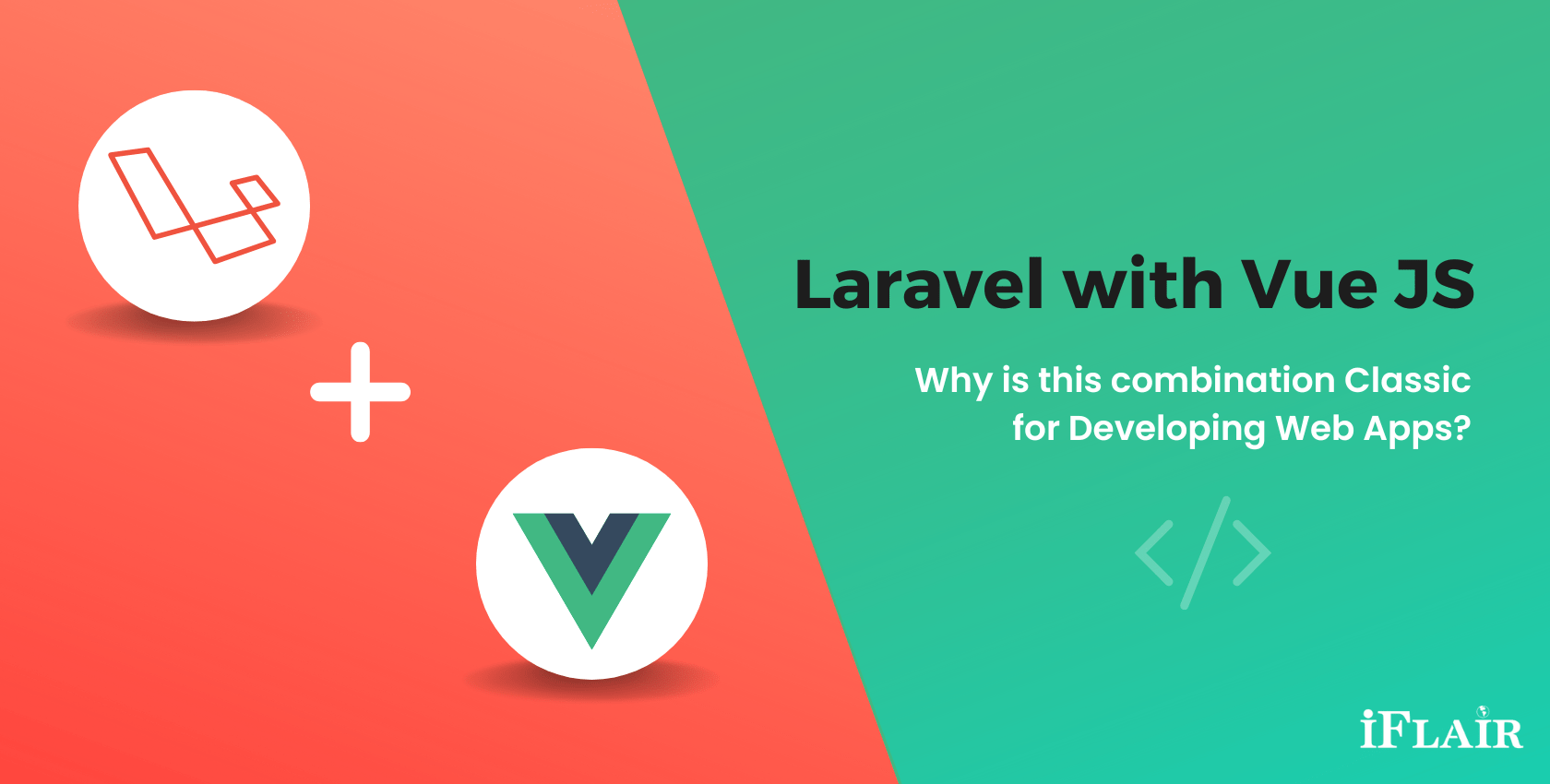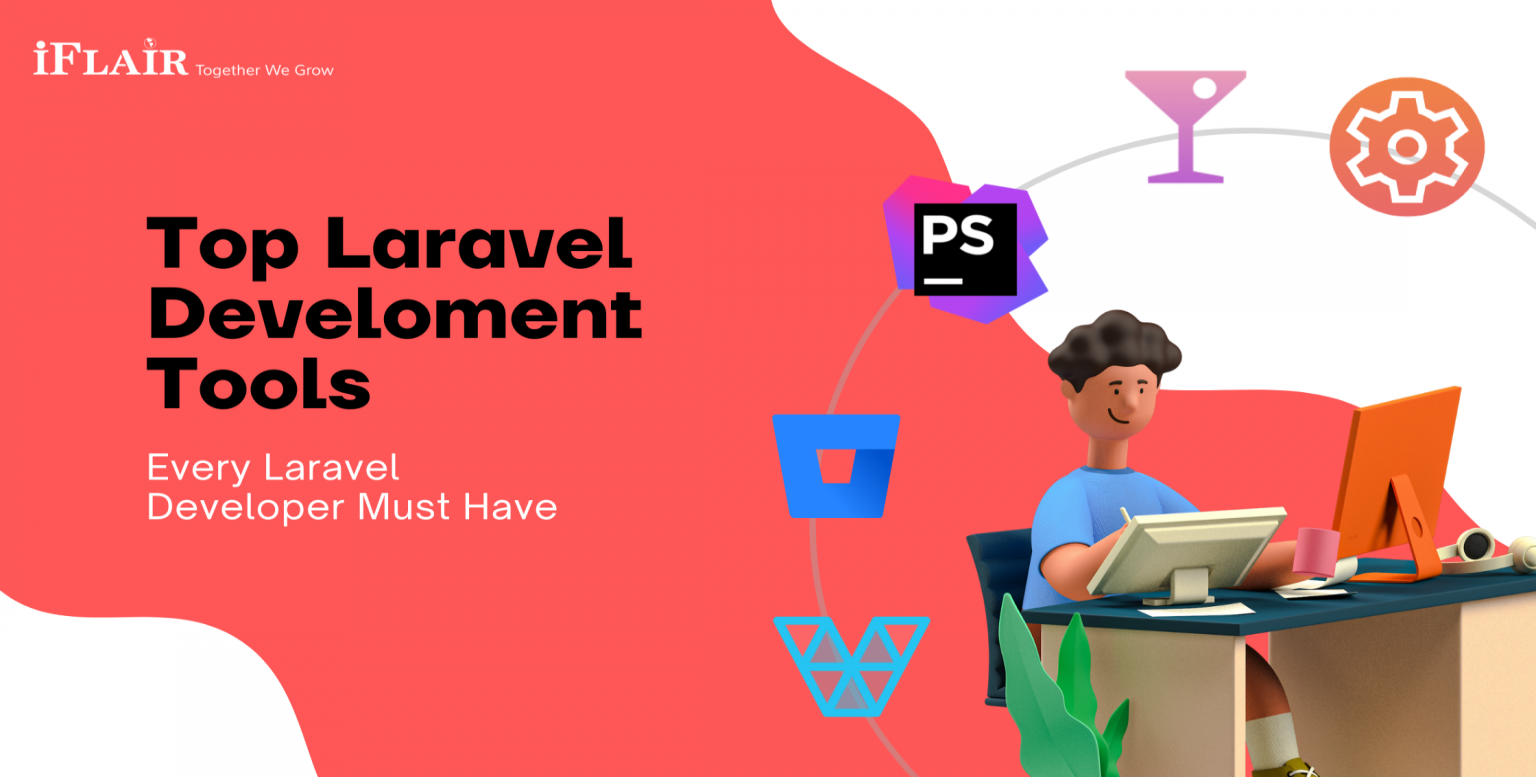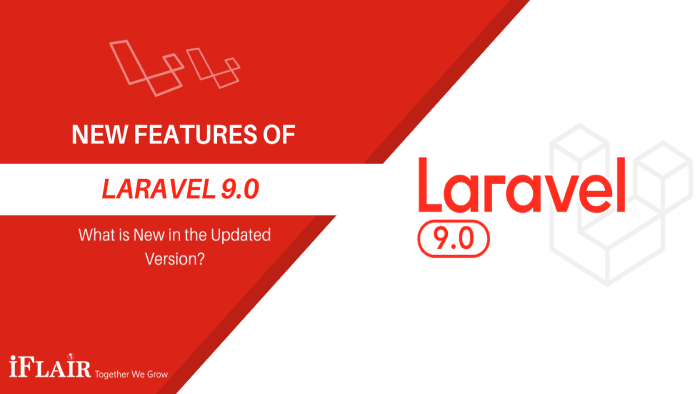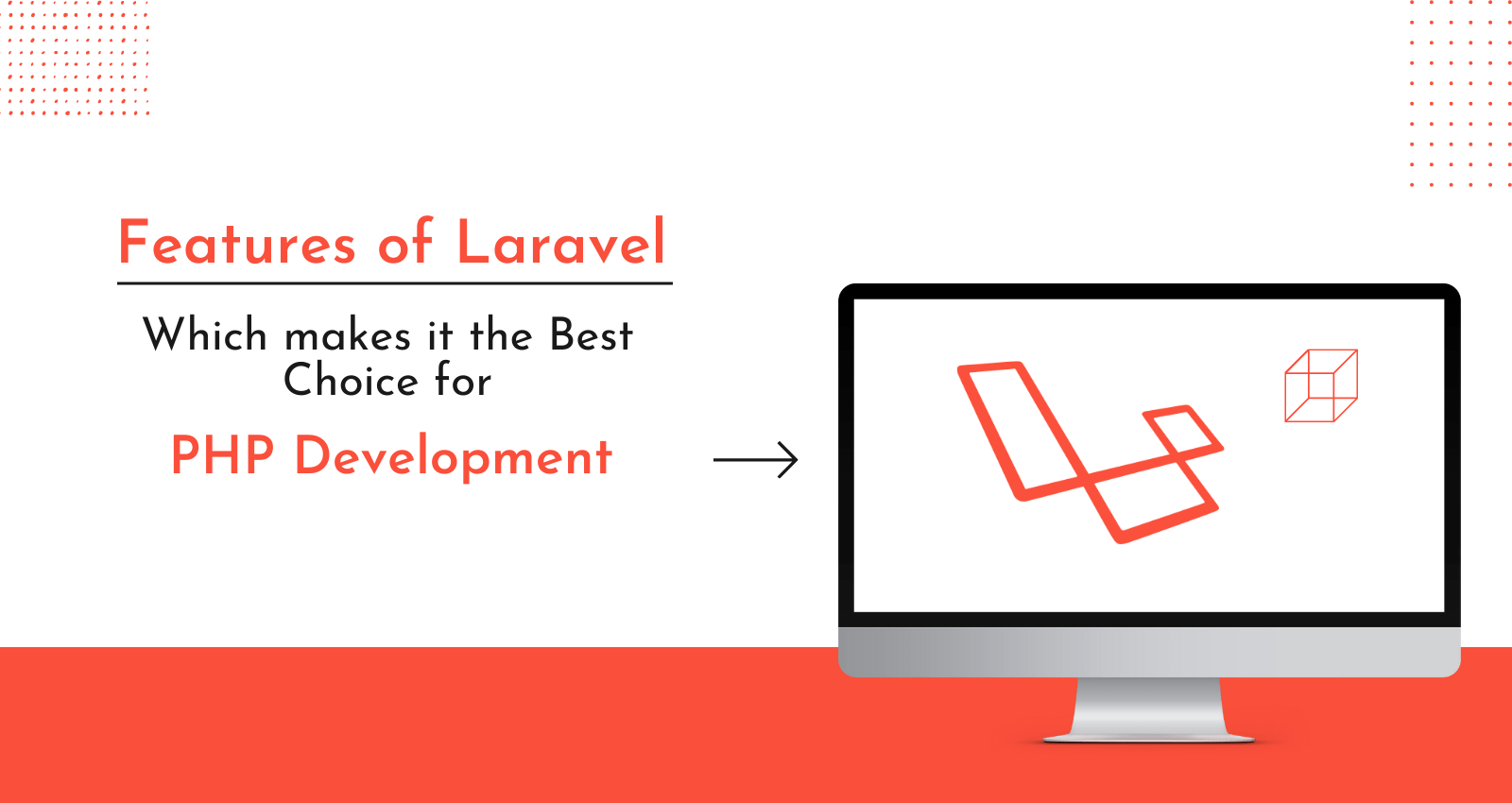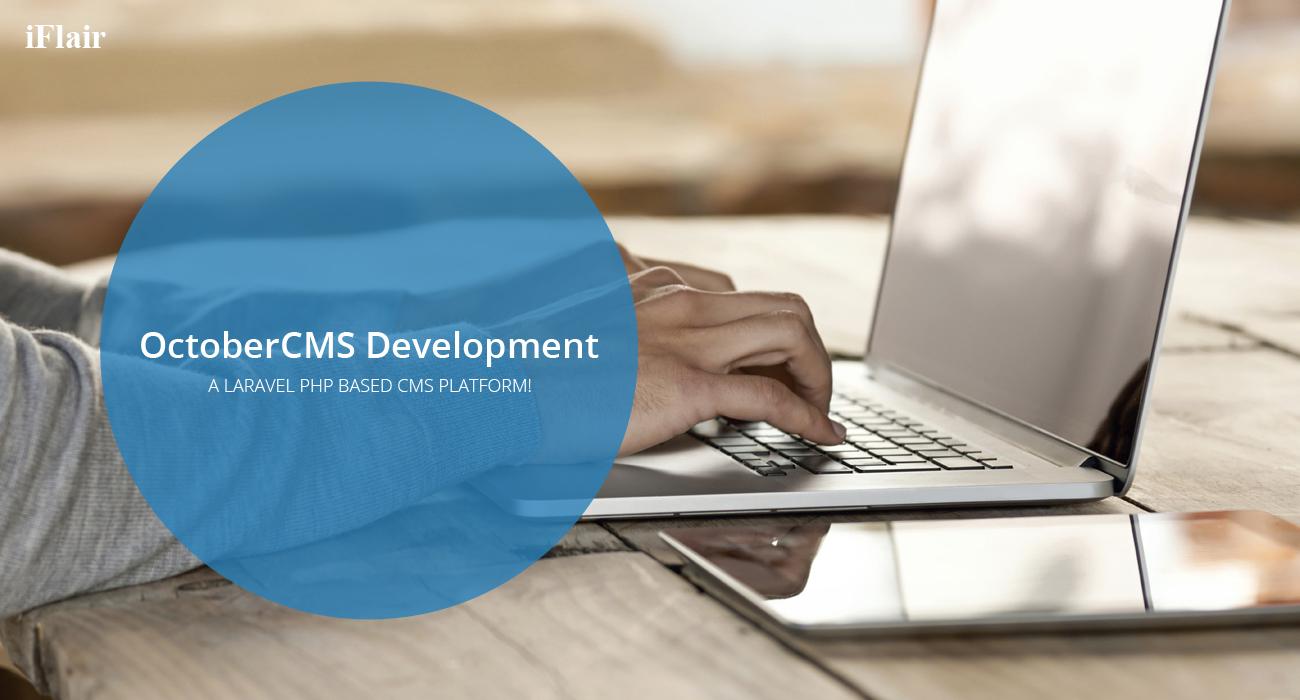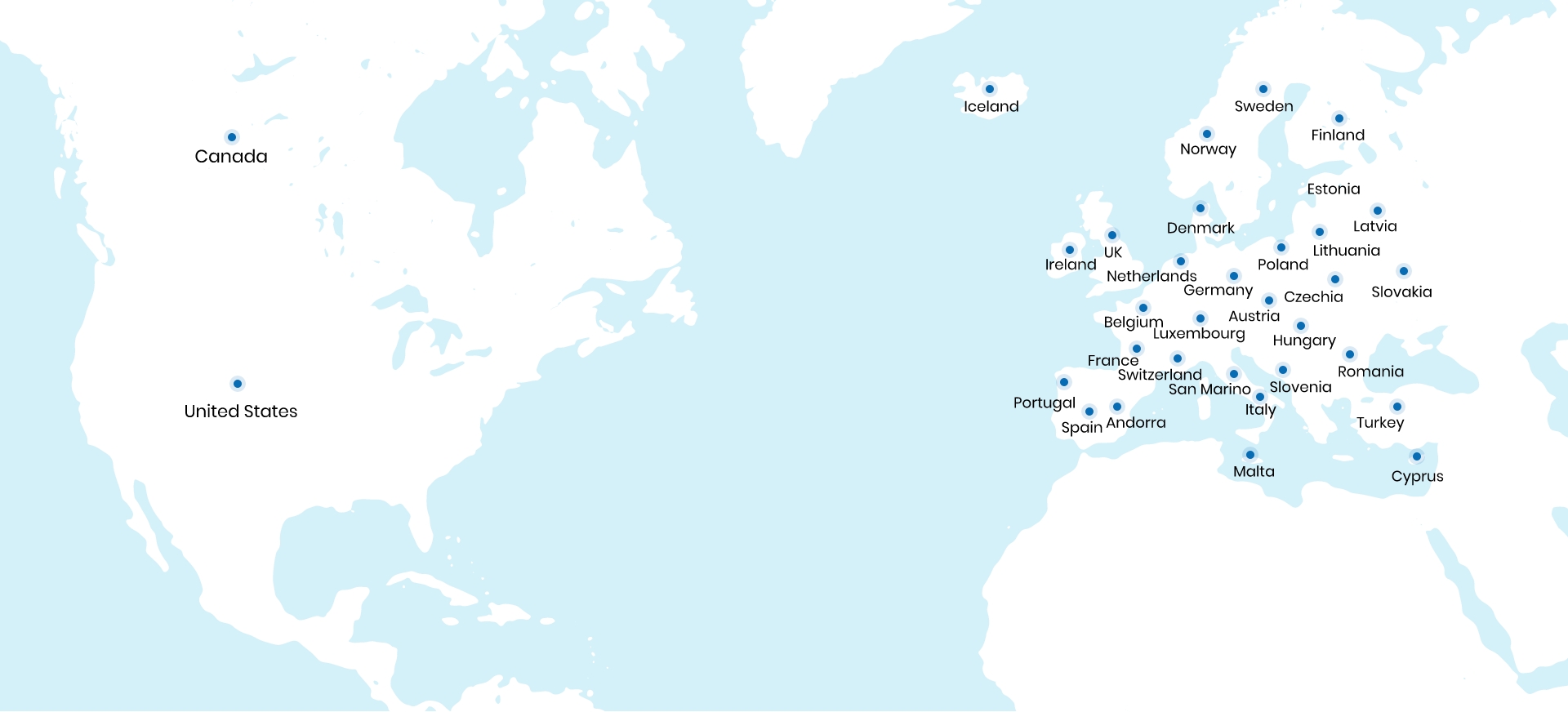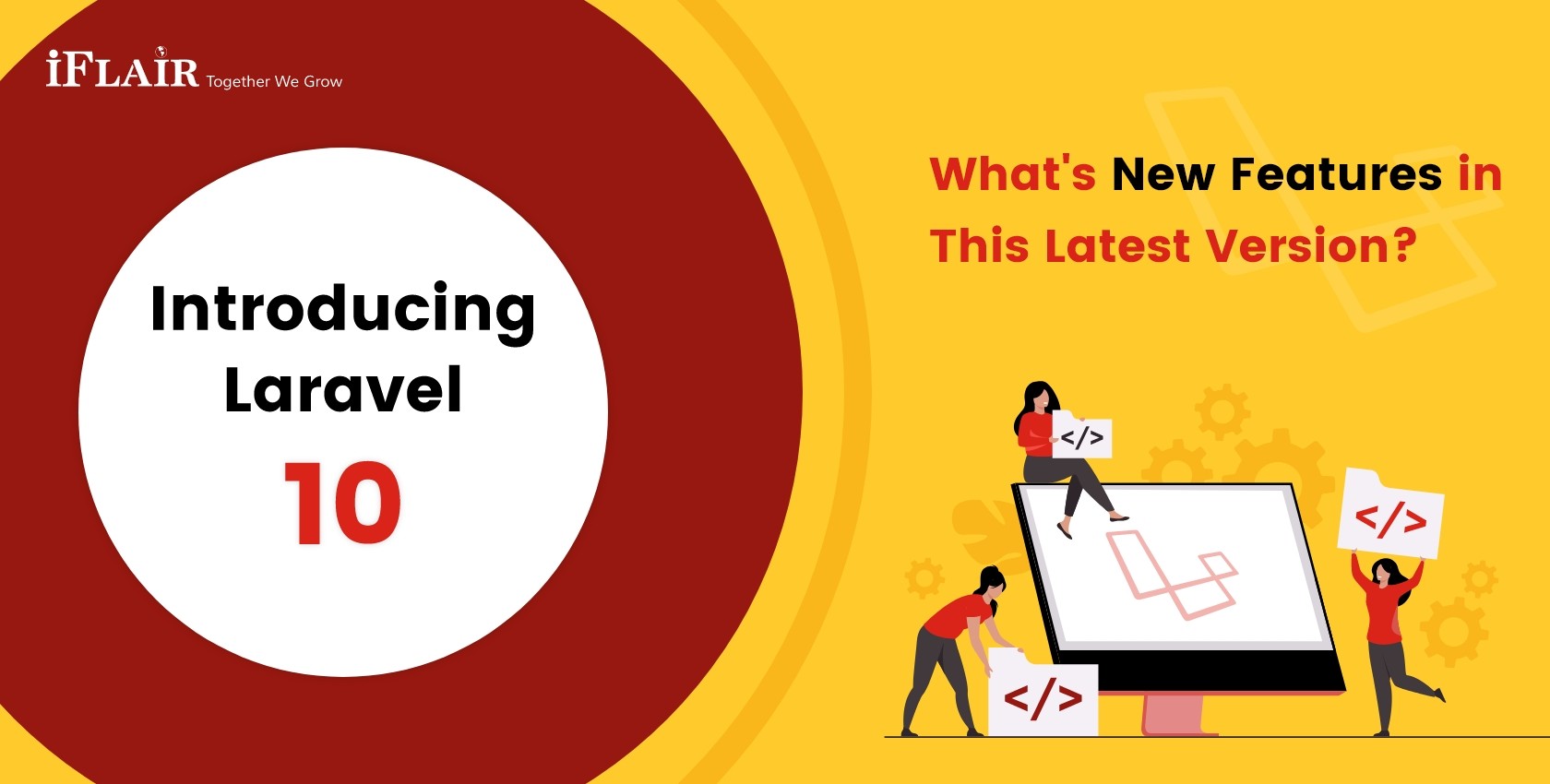
Introducing Laravel 10: What’s New Features in This Latest Version
Feb 27, 2023 |
11 minutes read
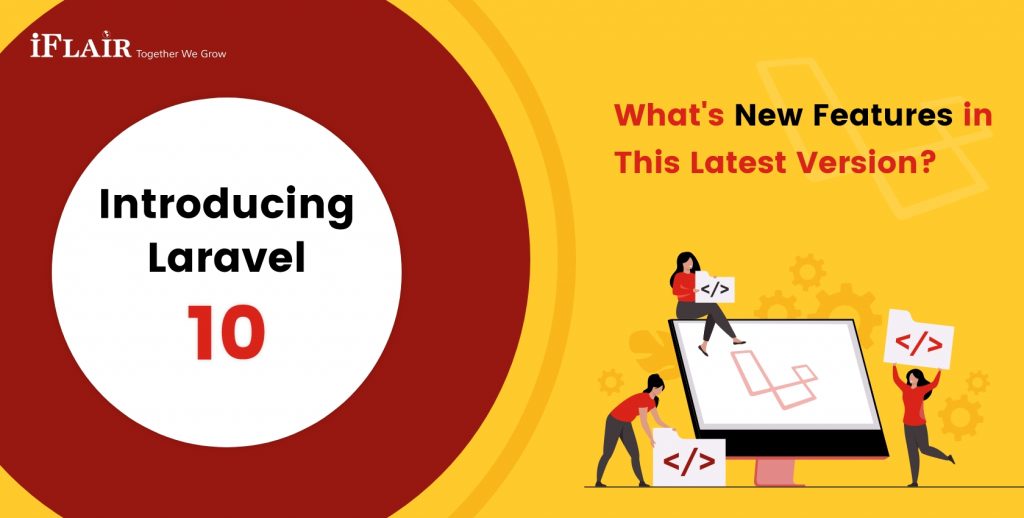
On February 14, 2023, Laravel released version 10, a brand-new release with exciting new features and enhanced security. Every time a new version of Laravel is released, it attempts to enhance the developer experience and offer fresh resources for creating cutting-edge online apps.
Building dependable, scalable, and secure apps is now simpler than ever thanks to a number of new capabilities that Laravel 10 offers. Laravel Latest version offers lots to offer whether you’re an experienced Laravel developer or just getting started.
Learn What’s New in Laravel 10 as well as its features and enhancements in this blog post from the top Laravel development company. Continue reading if you’re thinking about updating your current application to Laravel platform!
Laravel Latest Update Release Date
The Laravel Web Development core team used to release two significant versions once every six months. The release cycle was changed, though, when Laravel’s creator Taylor Otwell declared that only one mainstream variant would be released annually. As a result, the core group and community were able to focus more time and energy on a particular version of the technology and add new capabilities without dividing the framework.
On February 14, 2023, the Laravel core group launched the most recent version of the framework amid much fanfare. The community is consequently eagerly awaiting the introduction of a number of ground-breaking Laravel additions and enhancements for the framework with the release of Laravel v10.
See some of the newest features in Laravel 10!
The performance of the framework and the developer experience have both been improved with the release of Laravel V10. In more depth, below are a few of the major Laravel Update:
Route caching
Caching the routes for their application is a key performance improvement feature. By pre-compiling the routes into a single file using this Laravel feature, less work is required of the application while handling incoming requests. Faster route handling and better overall performance are the results of this.
MVC architecture
With Laravel, you may distinguish between the presentation layer and the business logic layer by using an MVC architectural template. The MVC architecture of Laravel Development has a number of built-in capabilities that improve the user’s adaptability, efficiency, and security.
Eloquent ORM
Eloquent ORM (Object Relational Mapping) is a Laravel-provided tool that implements a fundamental PHP Active Record. These Laravel 10 capabilities allow web application developers to write database queries in PHP syntax rather than SQL code.
Route Model Binding
It makes it simpler to connect routes to particular models in the application by allowing Laravel developers to construct routes based on model instances. As a result, there is no longer a need for manual query logic, and the codebase is cleaner and easier to maintain.
Route Fallback
When you employ Laravel developers, you can utilise this functionality to establish a fallback route for the application that will be used if no other suitable routes are found. This helps manage 404 errors and provides a unique error page.
Query Builder
Laravel 10’s query developer now reportedly supports union subqueries, making it easier to work with complex data structures. Query Builder now supports union subqueries.
Enhanced Validation Rules
Laravel V10 adds a number of new and better validation rules, such as improved data validation and support for validating arrays. This makes it simpler to hire Laravel developers and verify that the application is receiving legitimate input by validating incoming data.
Test Namespaces
With the help of this Laravel ten feature, developers may give their application’s tests a unique name, making it simpler to arrange them and preventing naming conflicts. This lessens the possibility of naming conflicts and aids in maintaining the test codebase’s organisation.
Better URLs
Laravel 10 offers improved pagination URLs, making it easier to alter the appearance of pagination links. Just a few of the sophisticated Laravel 10 features are listed above. Overall, these changes show the Laravel community’s ongoing efforts to stay on the cutting edge of web development and to offer the greatest experience when you employ Laravel developers.
Why you should upgrade to Laravel 10?
It’s crucial to keep in mind that we don’t always have to update the Laravel version of our application to the most recent version as soon as a new version is available.
As Laravel is an open-source framework, we automatically become the owners of the framework’s codebase each time we install a new Laravel instance on our computer. This implies that our app will continue to function even if the framework version it uses is no longer maintained; we will merely need to maintain it ourselves.
The consensus is that application stability should take precedence over framework updates as a result. To put it briefly, you should think about upgrading to Laravel 10 when:
- With its current iteration, the application is stable and error-free.
- The updated version either adds a feature that your programme needs or resolves a problem it was having.
- Before the upgraded changes are implemented in production, the application will undergo thorough testing.
How to upgrade to Laravel 10?
Laravel 10.x Shift makes it simple to upgrade your existing Laravel application to the new version following the official release of Laravel v10. By automating the upgrade from Laravel 9 to Laravel 10, this tool can help you save up to two hours of productive time. It’s crucial to remember that Laravel and Laravel 10.x Shift will both get frequent upgrades, and Shift users can ask for a rerun if necessary.
There are a few prerequisites that must be satisfied in order to update your current Laravel application to Laravel 10:
- You must use Laravel 9 or later for your Laravel application.
- The PHP 8.1 or above version must be installed on your server.
Hire Laravel Developers To upgrade your project to Laravel 10
Conclusion
We are all aware of how rapidly both the technology market and the underlying technologies are changing. However, both product owners and users regularly disagree on whether or not to update their current model to the newest iteration. For Laravel and its recently launched Laravel version, the same is true. Numerous business owners want to know if they should upgrade their current Laravel application to the most recent version, Laravel 10.
It means that the programme will still function even thoughthe version we’re using isn’t supported. As Laravel will stop providing support, the only additional procedure will be to preserve the version by itself. Laravel V10 includes a variety of the latest upgrades and features designed to enhance the developer experience and the framework’s performance.
The addition of fresh and improved functionality elevates Laravel V10 to the status of an all-inclusive tool for contemporary web development. The improvements in this release are a result of the Laravel community’s ongoing efforts to improve the developer experience and stay on the cutting edge of web development. Thus, if you want to use this latest version, hire Laravel Developers from us.

